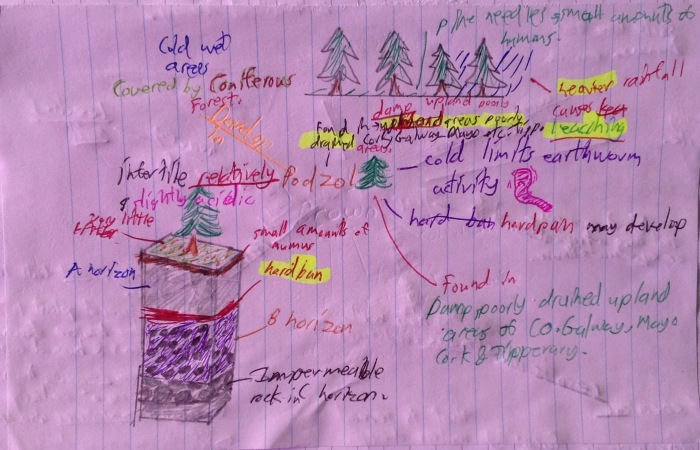A Mind Map is a powerful graphic technique which provides a universal key to unlock the potential of the brain. It harnesses the full range of cortical skills – word, image, number, logic, rhythm, colour and spatial awareness – in a single, uniquely powerful manner. In so doing, it gives you the freedom to roam the infinite expanses of your brain. The Mind Map can be applied to every aspect of life where improved learning and clearer thinking will enhance human performance.
What do you need to make a Mind Map?
Because Mind Maps are so easy to do and so natural, the ingredients for your “Mind Map Recipe” are very few:
- Blank unlined paper
- Coloured pens and pencils
- Your Brain
- Your imagination!
When you use Mind Maps on a daily basis, you will find that your life becomes more productive, fulfilled, and successful on every level. There are no limits to the number of thoughts, ideas and connections that your brain can make, which means that there are no limits to the different ways you can use Mind Maps to help you.
7 Steps to Making a Mind Map
Start in the CENTRE of a blank page turned sideways. Why? Because starting in the centre gives your Brain freedom to spread out in all directions and to express itself more freely and naturally.
Use an IMAGE or PICTURE for your central idea. Why? Because an image is worth a thousand words and helps you use your Imagination. A central image is more interesting, keeps you focussed, helps you concentrate, and gives your Brain more of a buzz!
Use COLOURS throughout. Why? Because colours are as exciting to your Brain as are images. Colour adds extra vibrancy and life to your Mind Map, adds tremendous energy to your Creative Thinking, and is fun!
CONNECT your MAIN BRANCHES to the central image and connect your second- and third-level branches to the first and second levels, etc. Why? Because your Brain works by association. It likes to link two (or three, or four) things together. If you connect the branches, you will understand and remember a lot more easily.
Make your branches CURVED rather than straight-lined. Why? Because having nothing but straight lines is boring to your Brain.
Use ONE KEY WORD PER LINE. Why Because single key words give your Mind Map more power and flexibility.
Use IMAGES throughout. Why Because each image, like the central image, is also worth a thousand words. So if you have only 10 images in your Mind Map, it’s already the equal of 10,000 words of notes!
Originated in the late 1960s by Tony Buzan Mind Maps are now used by millions of people around the world – from the very young to the very old – whenever they wish to use their minds more effectively. Find out all about Mind Mapping by reading the Ultimate Book of Mind Maps or attend a training session on Mind Mapping with Tony Buzan.
There are many websites and Apps that allow you to generate mind maps. These Apps often allow you to print these maps. Some Apps that might be useful: Popplet (allows you to incorporate photos) and simpleminds. Both of these have free Lite versions.
Below are two examples of a mind map created by a student. Topic is ‘Soil’ (Brown & Podzol).


Many thanks to my colleague Conor Owens for allowing me access to information on his wordpress site: https://mrowenscolaistechoilm.wordpress.com/
For more study tips, why not keep it here!


